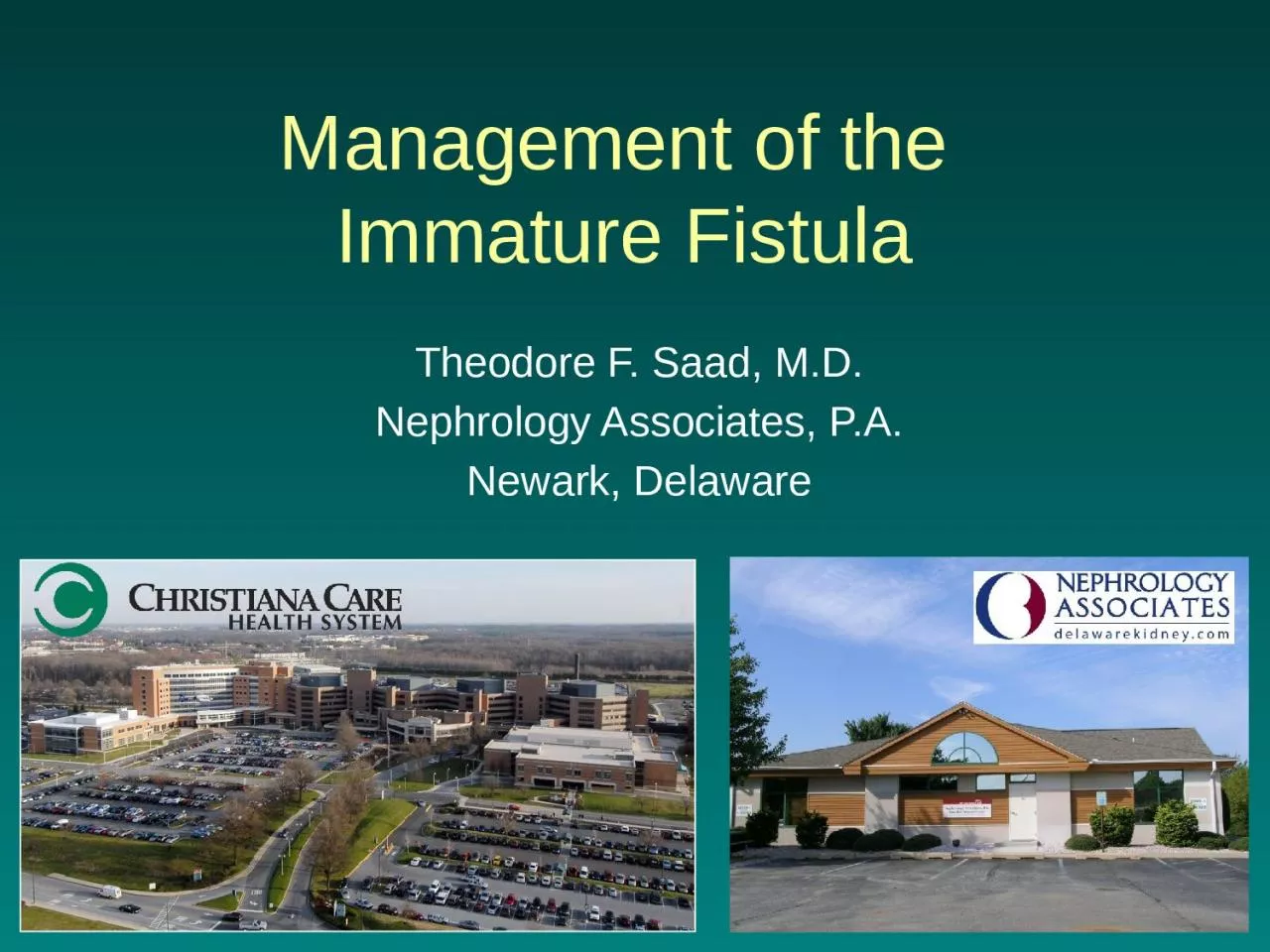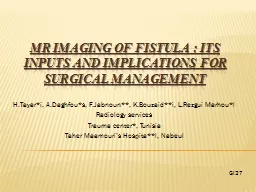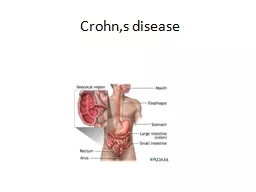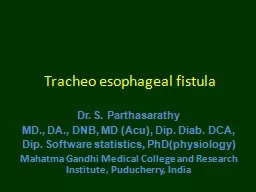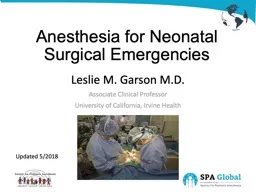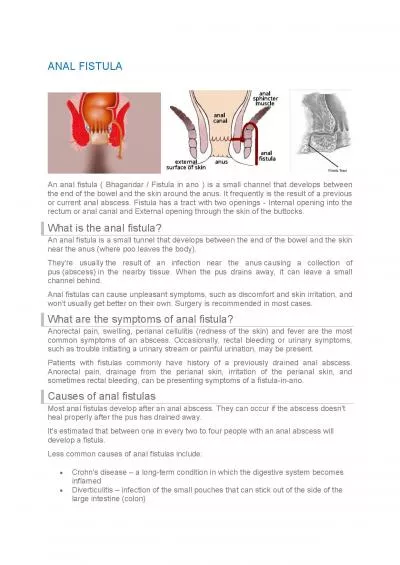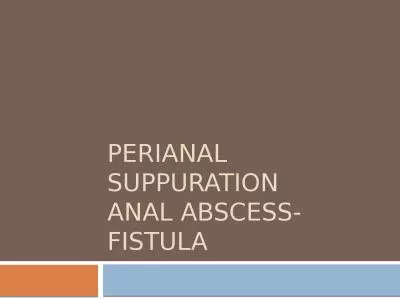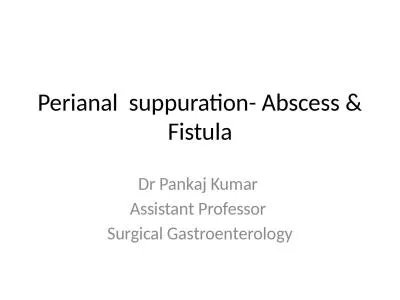PPT-Management of the Immature Fistula
Author : naomi | Published Date : 2022-06-08
Theodore F Saad MD Nephrology Associates PA Newark Delaware Mature Fistula 2 What is a Mature AVF Vein able to be safely and reliably accessed 3 times per week
Presentation Embed Code
Download Presentation
Download Presentation The PPT/PDF document "Management of the Immature Fistula" is the property of its rightful owner. Permission is granted to download and print the materials on this website for personal, non-commercial use only, and to display it on your personal computer provided you do not modify the materials and that you retain all copyright notices contained in the materials. By downloading content from our website, you accept the terms of this agreement.
Management of the Immature Fistula: Transcript
Download Rules Of Document
"Management of the Immature Fistula"The content belongs to its owner. You may download and print it for personal use, without modification, and keep all copyright notices. By downloading, you agree to these terms.
Related Documents

